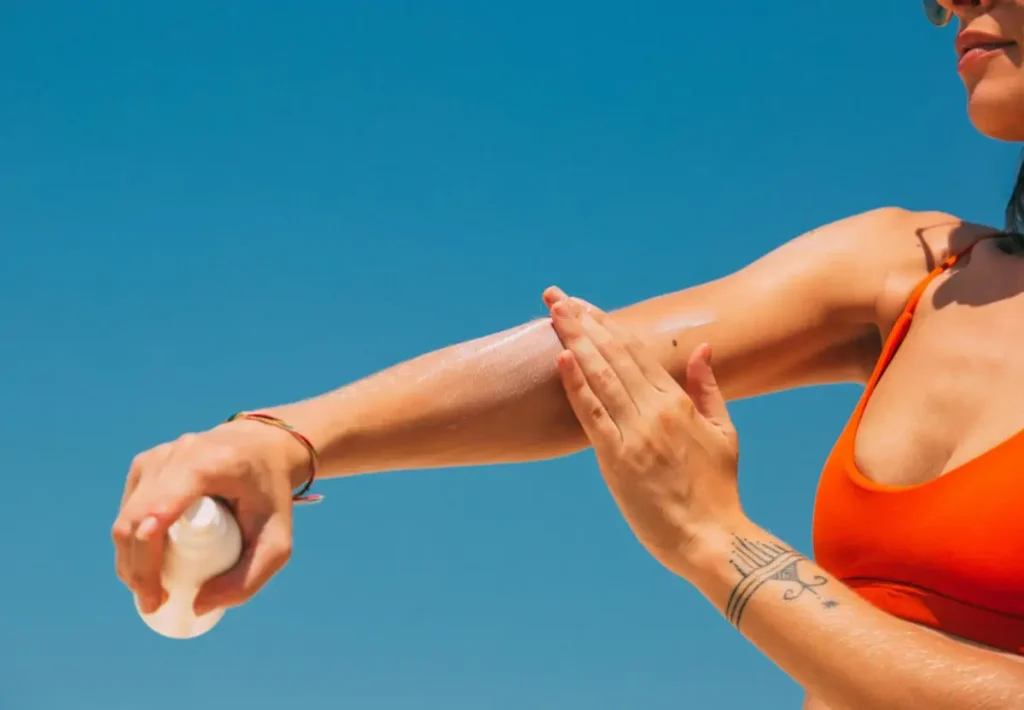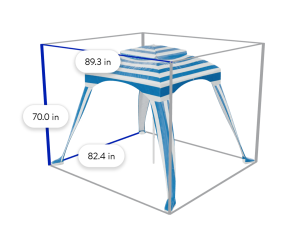Sunscreen is arguably the most important product in any skincare routine. However, many people unknowingly make mistakes that compromise its effectiveness. This article addresses these common errors and offers solutions for optimal sun protection.
Applying Insufficient Sunscreen
Studies show that most people apply only 25-75% of the recommended amount of sunscreen. This significantly reduces the stated SPF. For instance, using half the recommended amount of an SPF 30 sunscreen effectively reduces protection to SPF 15. The recommended amount is about a quarter teaspoon for the face and 1.5 ounces (a shot glass) for the body. Practical methods for measuring include the two-finger method (applying sunscreen from base to tip of the index and middle fingers) or using a quarter teaspoon measure. Finding a sunscreen you enjoy and can afford is crucial, as cost or texture can lead to under-application.
Neglecting Reapplication
Sunscreen should be reapplied every two hours, as the protective film breaks down over time, becoming patchy and less effective. Exposure to moisture, sweating, or towel drying can also disrupt the sunscreen barrier. While the SPF doesn’t drop to zero after these activities, it does decrease. The frequency of reapplication depends on individual sun exposure and skin goals. Those seeking to prevent skin cancer or premature aging should be especially diligent about reapplication, particularly during prolonged sun exposure.
Relying on Makeup with SPF
Many people rely solely on the SPF in their makeup for sun protection. However, to achieve the stated SPF, one would need to apply a quarter teaspoon of foundation, which is unrealistic. Therefore, makeup with SPF offers limited protection and should not be the primary defense against the sun. It’s best to apply sunscreen as a separate step before makeup application, treating any SPF in makeup as a bonus, not the primary source of protection. Furthermore, avoid mixing sunscreen with any other skincare or makeup product, unless explicitly permitted by the brand. Layering sunscreens is generally acceptable, but mixing can compromise effectiveness.
Incorrect Layering
Sunscreen should be the final step in your skincare routine and the first step in your makeup routine. Apply it after moisturizer, not before. This ensures that the sunscreen forms a protective barrier on the skin’s surface.
Neglecting Other Body Parts
Many people focus solely on their face, neglecting areas like the ears, neck, chest, forearms, and hands. These areas are also prone to sun damage and skin cancer. Consistent sunscreen application to all exposed skin is essential for comprehensive protection.
Over-Reliance on Sunscreen
While sunscreen is vital, it shouldn’t be the only sun protection measure. Seek shade during peak sun hours, wear wide-brimmed hats, and use sun-protective clothing (including clothing that doesn’t allow light to pass through). These additional measures significantly enhance sun protection.
Skipping Sunscreen on Cloudy Days
Clouds block visible light but not UV radiation. Sunburns can still occur on cloudy days. Checking the UV index can help determine the level of sun protection required. A UV index of 2 or below generally indicates lower risk.
Using Expired Sunscreen
Check the expiration date and period-after-opening (PAO) symbol on your sunscreen. Discard expired sunscreen, as its effectiveness diminishes over time. The PAO symbol indicates how long the product remains stable after opening.
Storing Sunscreen in a Hot Car
Extreme temperatures can degrade sunscreen. Avoid storing it in a hot car, as this can compromise its effectiveness. Carry it in a purse or bag to maintain its stability.
Summary
Effective sun protection requires more than just applying any sunscreen. Using the correct amount, reapplying regularly, considering other forms of sun protection, and proper storage are all crucial for maximizing its benefits and minimizing sun damage. By avoiding these common mistakes, you can ensure optimal skin health and prevent premature aging and skin cancer.




